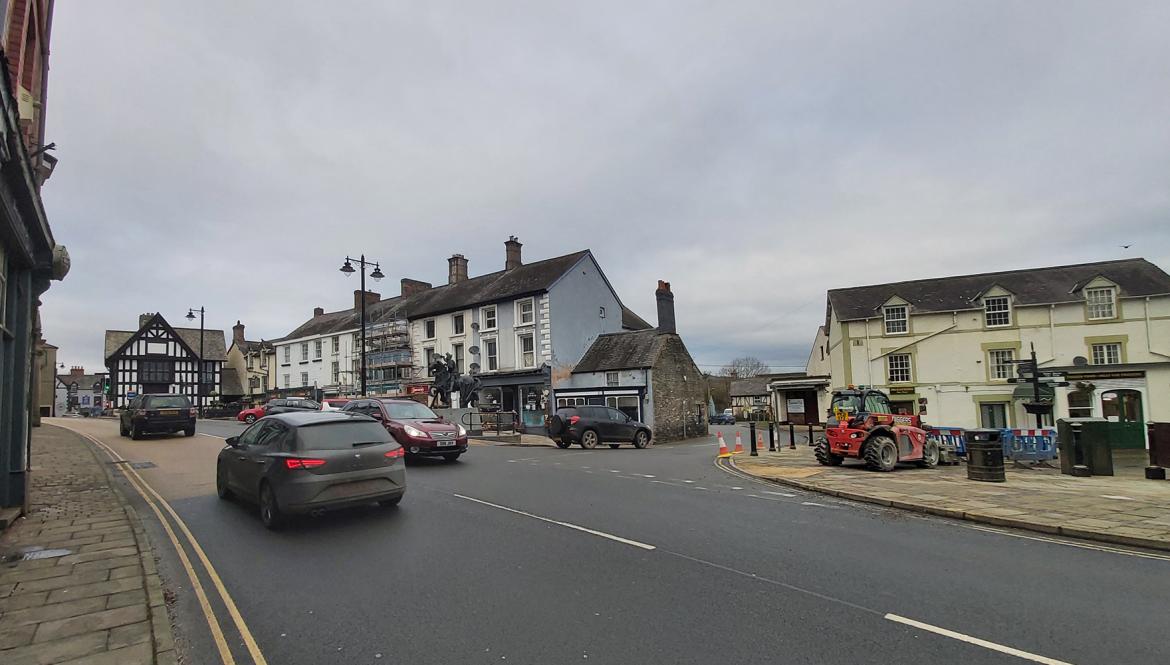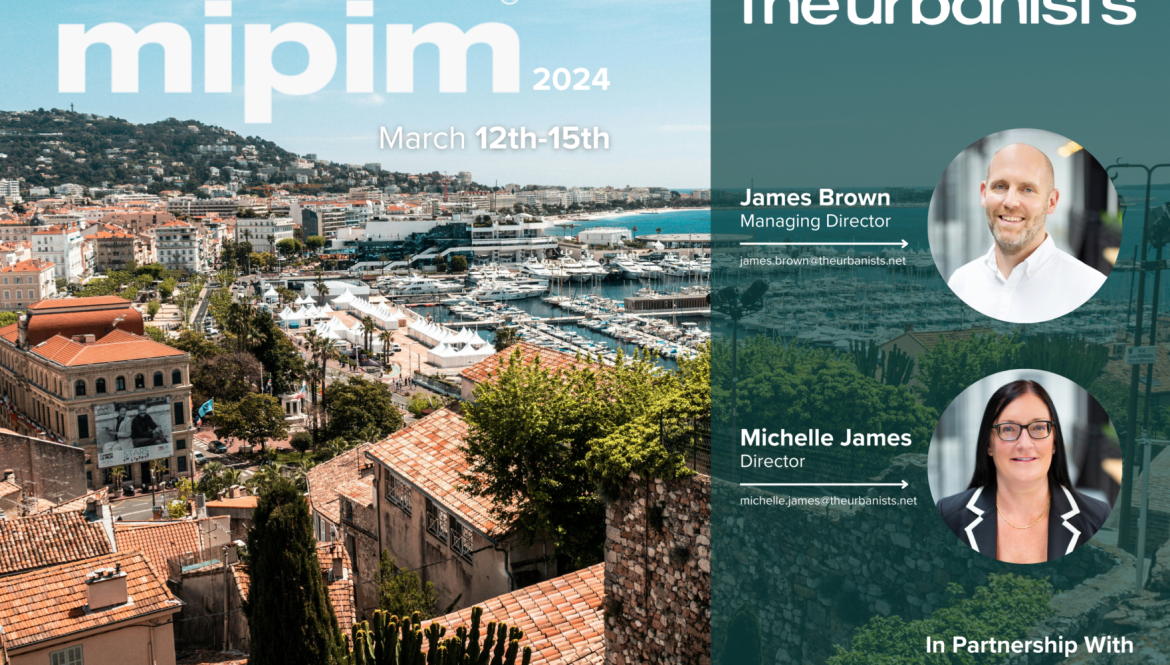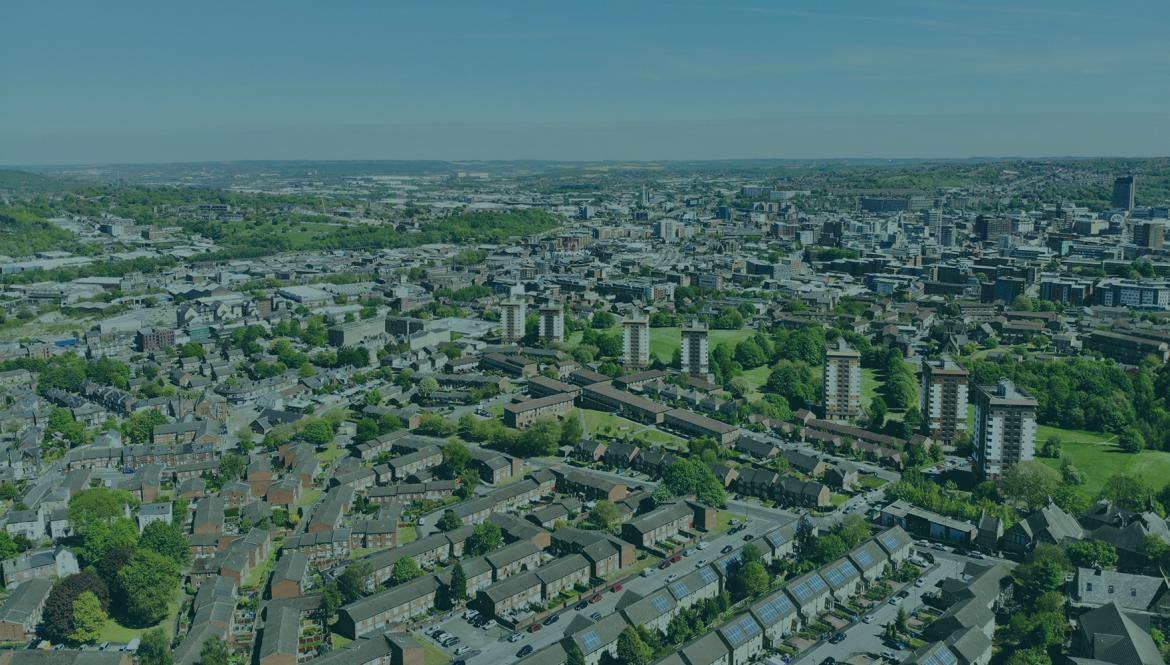England’s Housing Dilemma: Quantity Over Quality?
England’s Housing Dilemma: Quantity Over Quality?
A recent Transport for New Homes report, highlighted in The Planner, raises a critical concern: the national housing targets risk delivering hundreds of thousands of car-dependent homes. With many new developments planned in areas with poor public transport, we face a future of worsening congestion, social isolation, and missed climate goals.
Having worked on dense, vibrant communities in London, the South West, and internationally, I find the car-centric, piecemeal growth outside major cities increasingly concerning. Recent NPPF changes rightly focus on increasing housing numbers, but they fall short in terms of "how" we build: the quality, location, and connectivity of new places.
At The Urbanists, we specialise in unlocking sustainable growth through transport-integrated masterplanning and strategic policy advisory, supporting local authorities and developers to create viable, well-connected, and future-ready communities.
The Hidden Costs of "Build Fast"
The "build fast" model may hit targets, but it could bring long-term costs:
- Increased Car Dependency: Locking residents into unhealthy, expensive, and unsustainable lifestyles.
- Worsening Congestion & Pollution: Choking our roads and undermining environmental targets.
- Dying Town Centres: As development sprawls to isolated, car-reliant edge-of-settlement locations.
- Limited Choice: For those who cannot, or choose not to, drive everywhere.
So, what's the solution?
There is no easy fix, particularly with an under-resourced planning profession. But, as many will agree, the path to truly sustainable growth lies in integrated planning that embraces density around public transport nodes and active travel. The upcoming establishment of Strategic Planning Authorities (SPAs) and Spatial Development Strategies (SDSs), facilitated by the Planning and Infrastructure Bill, offers a critical opportunity to embed these ‘Transit-Oriented Development (TOD) principles:
- Integrated Planning: Building homes with public transport and active travel infrastructure from day one, ensuring seamless connectivity.
- Strategic Location: Prioritising well-located sites that inherently reduce car reliance, fostering vibrant, walkable, and well-connected places.
- Quality & Quantity Hand-in-Hand: Designing for optimal density around transport, delivering more homes in the right places, enhancing viability, and enriching community well-being.
Crucially, the NPPF's renewed focus on Green Belt integrity has an upside: it opens the door for mature conversations about those well-connected Green Belt sites that are suited to TOD. This must be swiftly followed by the rapid enactment of the Planning and Infrastructure Bill and the preparation of SDSs founded on TOD principles.
Bridging the Gap: What Can Be Done Today
While we await these vital reforms, local authorities and developers don't have to wait; it is possible to "nudge" development models towards higher densities without radical disruption. Our work with South Gloucestershire Council provides a compelling example, where we've used an evidence-based approach to show how an uplift of up to ten dwellings per hectare can be achieved on greenfield sites, delivering more homes sustainably without abandoning proven delivery methods.
If you're a developer or local authority exploring better ways to grow, we'd love to talk. From unlocking density to embedding transport-first design, we can help you deliver places that are viable, resilient, and built to last.








